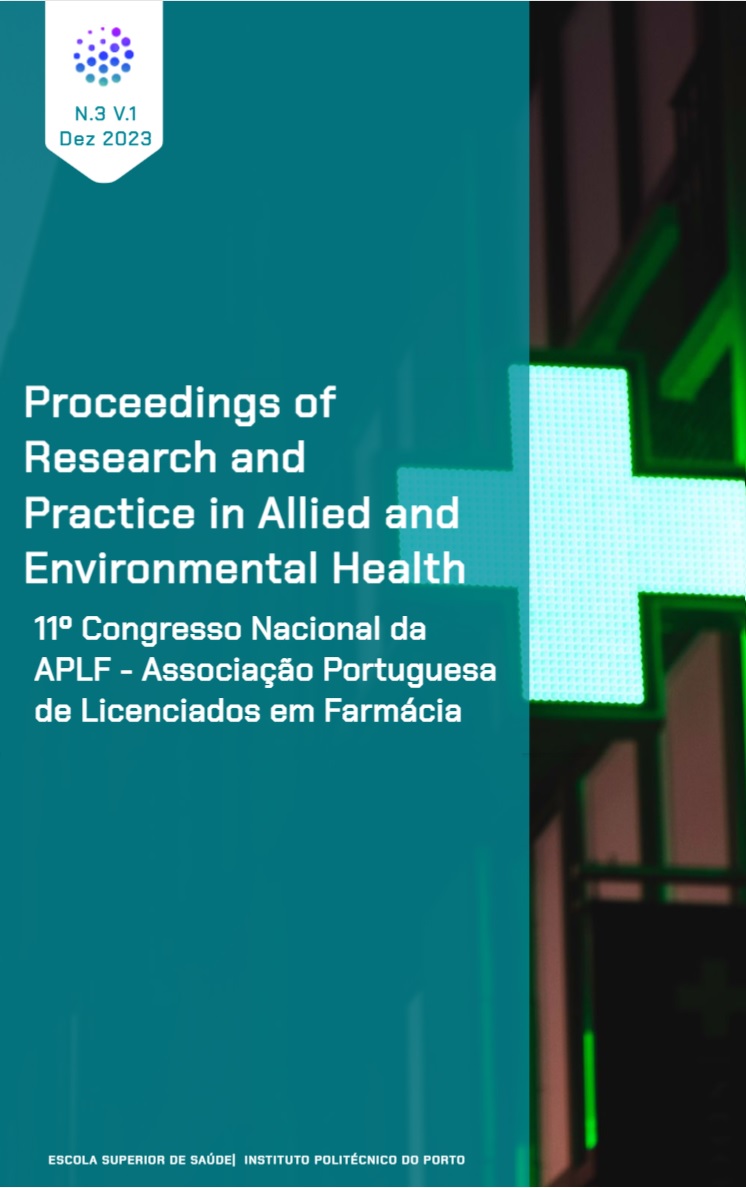Abstract
Background: Obesity is associated with increased risk of hypertension. Dissimilar hypertension guidelines are available for clinicians, namely prepared by the American Heart Association (AHA) and the European Society of Cardiology (ESC) [1,2]. While AHA guidelines consider pharmacological treatment to all patients when blood pressure (BP) values ≥140/90 mmHg, ESC recommends it that only consider pharmacological treatment to all patients when BP values ≥160/100 mmHg [1,5].This may lead to distinctive appreciation of health outcomes of patients after bariatric/metabolic surgery (BS), such as hypertension remission. Objective: The main goal of this study was to compare the use of different BP targets, considering either AHA or ESC guidelines, for evaluating hypertension remission in patients with obesity submitted to BS. Methods: A retrospective study was conducted, and clinical data was collected. Hypertension remission was considered when patients at baseline (m0) had BP values in a category considered hypertension or/and were taking antihypertensives, but one year after BS (m12) were not considered with hypertension and were not taking antihypertensives. Results: From 153 patients, more patients were considered hypertensive based on AHA guideline (130 vs. 102), while a higher rate of hypertension remission at m12 was observed when following ESC guideline (58.82 vs. 53.08%, p<0.001). “AHA patients” who showed hypertension remission at m12 were more likely to have lost more pre-surgery excess body weight (p=0.005) and lower systolic and diastolic values (p<0.0001), compared to patients that did not achieve remission. At baseline, 83.0% of patients were taking medication, and 48.4% were using antihypertensives. At m12, these numbers reduced to only 24.8% and 13.72% (p<0.001). Conclusion: We conclude that only minor differences exist in hypertension remission after BS between the two guidelines used. However, if evaluated based on ESC guidelines, it is expected that less patients are considered hypertensive, while the remission rate may be, at least numerically, higher.
References
Williams, B; Mancia, G; Spiering, W; Rosei, EA; Azizi, M; Burnier, M; et al. ESC/ESH Guidelines for the management of arterial hypertension. Eur Heart J 2018, 1;39(33), 3021–104.
Antza, C; Doundoulakis, I; Stabouli, S; Kotsis, V. American, European and international hypertension guidelines: Time to shake hands. Int J Cardiol Hypertens 2021, 8, 100075.
Wolfe, BM; Kvach, E; Eckel, RH. Treatment of Obesity. Circ Res 2016, 118(11),1844–55.
Whelton, PK; Carey, RM; Aronow, WS; Casey, DE; Collins, KJ; Himmelfarb, CD; et al. Guideline for the Prevention, Detection, Evaluation, and Management of High Blood Pressure in Adults. J Am Coll Cardiol 2018, 15;71(19), e127–248.

This work is licensed under a Creative Commons Attribution-NonCommercial-NoDerivatives 4.0 International License.
Copyright (c) 2023 Carina Dias, Joana Dias, Ana Lúcia Silva, Paulo Cardoso, Rute Castanheira, Mercedes Sanchez, João Maia-Teixeira, Ana Luísa De Sousa-Coelho

